Nostalgia: A look back at 70 years of Cork City Sports
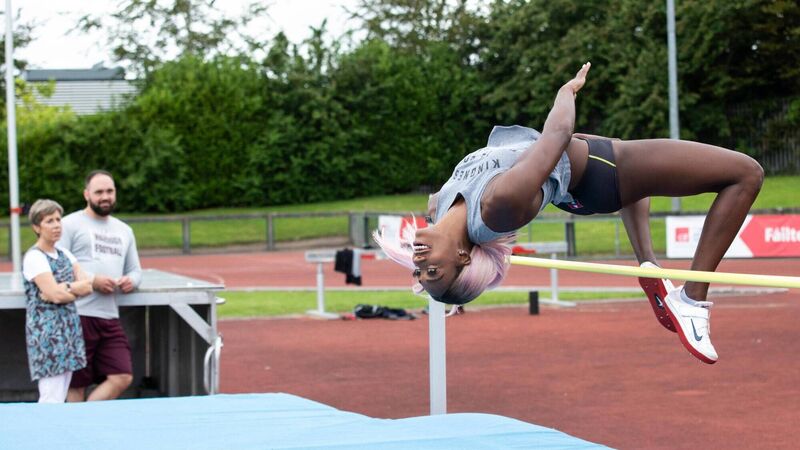
Dr Orla Flynn with Kenneth Loomis, fiance of Olympian Priscilla Frederick watching Olympian Priscilla Frederick practice her high jump. Picture: Darragh Kane Photography
As the Cork City Sports celebrates its 70th anniversary, a brief look back at those seven decades shows how the event has changed, while still embracing all that is good in this sport of athletics.
You have to go back more than 70 years to see where it all began. The first in the current series of Cork City Sports meetings took place on July 26, 1949. This meeting replaced the old Cork Drapers Sports, a fixture that had been discounted for some years previous because of lack of funds.
John O Jagoe, a well-known Cork businessman and a former athlete, was the driving force behind this revival. The presence of the Army officers on that first committee was of special significance for the contribution of the Irish Army, and in particular the Southern Command, has been vital ever since.
They established American involvement in the meeting for the first time in 1951 when the USA Vice Consul in Cork handed over a solid silver cup that was called The American Trophy for competition. Now named in honour of John O Jagoe, it is awarded each year to the outstanding athlete.
Track cycling was then a huge part of all open sports of the day, for instance the 1953 City Sports at the Mardyke included the two miles Irish championship and a three miles open handicap. All the track races were over the imperial distances and ranged from a 220 yards youths sprint up to the 880 yards (or half-mile). The only metric distance on the programme was the 1500m Irish senior championship.
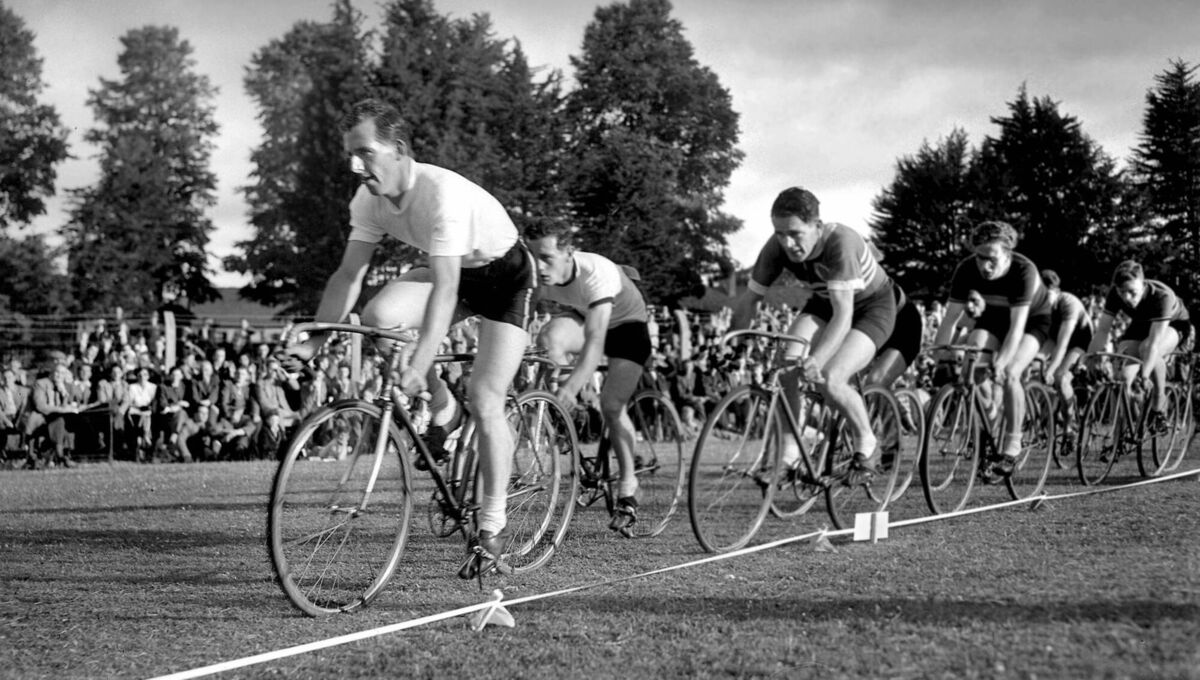
On that July evening an event took place for the one and only time at a Cork City Sports - an eight mile road race. It started at the Grand Parade Monument before proceeding out Washington Street and the Western Road, out the Carrigrohane Straight and returning along the Lee Road to finish back in the Mardyke.
Just 13 runners – a far cry from today – started what was a handicap race and victory went to Joe West of the Rising Sun club who had represented Ireland in the marathon the previous year at the Helsinki Olympics.
By the following decade, the popularity of the meeting had increased to such an extent that at the 1966 Sports a massive number of 35 events were catered for. The large crowd witnessed a home victory in the 1500m Irish championships which Dick Hodgins of UCC won from Bobby Buckley of Grange.
Hodgins would who would go on to win the BLE national marathon nine years later and then give many years of service to the City Sports both as Meet Director and Chairman before his death in March of 2016.
The 1969 meet was graced by the presence of a crack American army team who were on their way to the International Military Championship (CISM) in France. That team included two world-class sprinters in Charlie Green and Mel Pender, along with Neil Steinhauer who set an all-comers shot put record of 64 feet (19.51m).

Kenny Moore, who would go on to finish fourth in the marathon at the 1972 Munich Olympics, showed his versatility when coming third in the mile, although his 4:05.0 put him well back of winner Frank Murphy who won in 4:01.5, then the fastest time seen in Cork.
Although only a small number of female events were on the programme, Ann O’Brien from Clonliffe, one of the pioneers of Irish distance running, scored a double when winning the 440 yards in 59.7 and 880 yards in 2:13.2.
Six years later, on a memorable night at the Mardyke grass track, John Hartnett from Ballyhooly broke the magical four minutes for the mile when breasting the tape with his time of 3:56.3.
Ten years later, Soviet hammers throwers Yuri Sedykh and Sergey Litvinov would do battle and before the night was out Litvinov’s previous world best of 84.14m would be surpassed on an astonishing six occasions with Sedykh coming out on top in a new global record of 86.34m.
Caroline O’Shea of Crusaders set a new 800m national record of 2:00.70 that night when finishing third behind Soviet runners Podjalovskaja and Courina while Roisin Smyth achieved the Olympic qualifying time for 3,000m when taking second spot in 8:57.94 behind Angela Tooby from Wales.
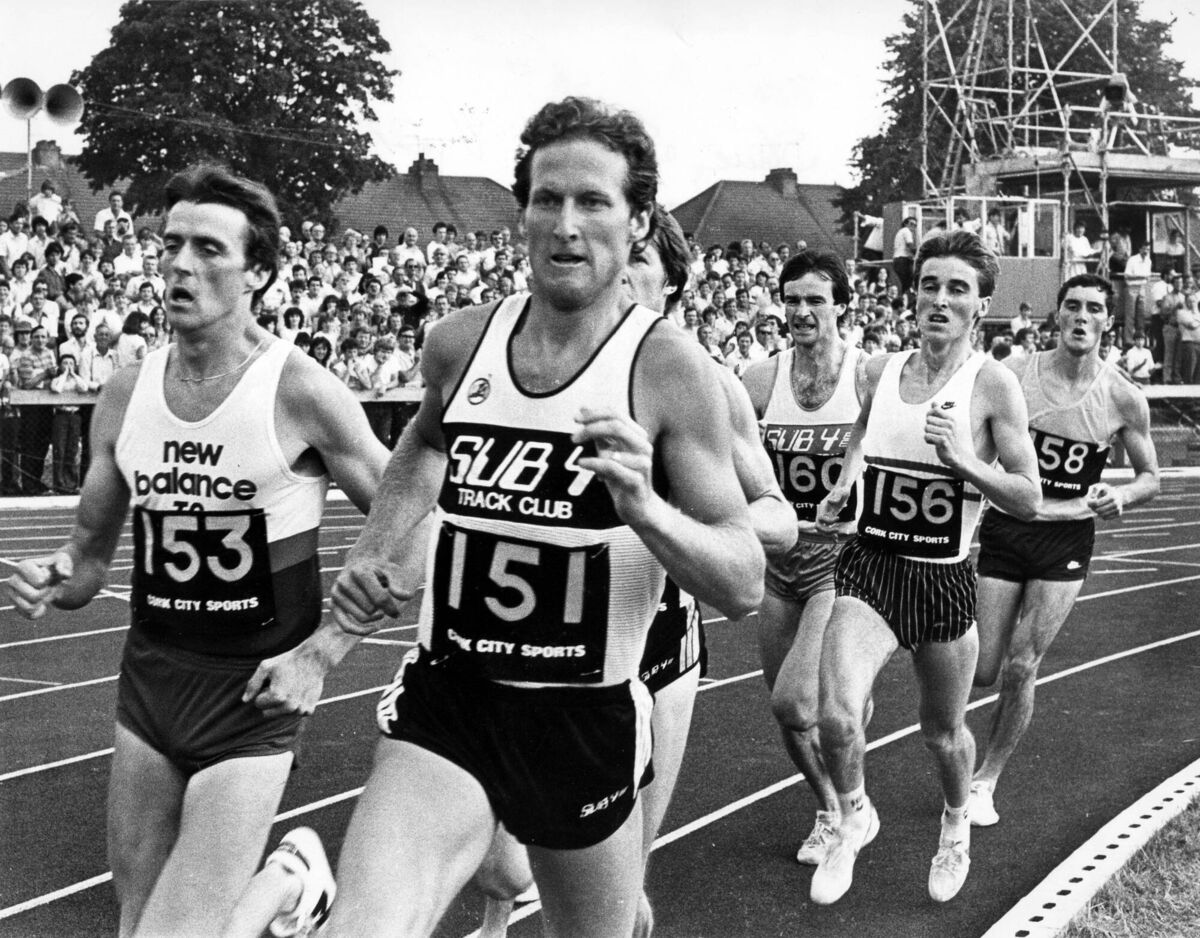
One of the greatest upsets would come over that same 3000m distance in 1987 when a 17-year-old girl from Cobh announced her arrival on the big track stage when winning in a new Irish junior record of 9:01.52.
Sonia O’Sullivan would go on to grace the City Sports in future years and currently holds four meet records – mile (4:21.70), 2000m (5:38.91), 3000m (8:38.99) and two—mile (9:19.56, world record at the time).
Of course since the permanent move to the MTU (formerly CIT) in 2010, an array of world class athletes have thrilled the usual large Cork attendance and no doubt many more exciting performances are in store at this now state-of-the stadium on Tuesday July 9.

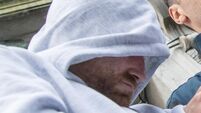

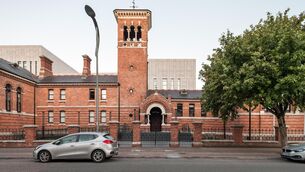



 App?
App?


